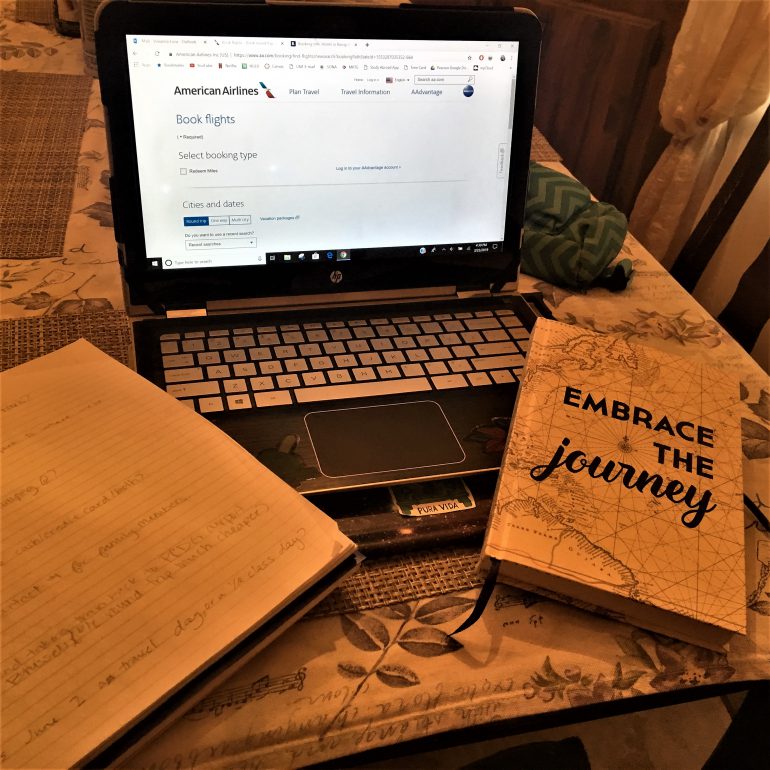
The truth about federal student loans
Everyone always says that the last option you should take when paying for school is getting a loan. Of course, this discourse is only strengthened by the horror stories of people paying their loans off for years due to interest, and of families having to pay off their loved one’s debt after they die. However, while it is something to consider seriously – as it is a long-term legal commitment – taking on a student loan doesn’t have to be scary. Educating yourself on the differences, expectations, and protections for different types of loans will help you make smart decisions.
Private Loans vs. Federal Loans
Before you get a student loan, it’s important to learn the difference between federal and private loans. A federal loan is a loan offered by the government while a private loan is offered by private organizations – usually banks, credit unions, and state organizations. Federal loans offer benefits such as multiple types of repayment plans and fixed interest rates for undergraduate students and graduate students. Private loans do not always offer fixed interest and are often more expensive.
Subsidized vs. Unsubsidized
I was terrified when I realized that I was going to have to get a loan to pay to attend graduate school. I was lucky enough to have a full scholarship for my undergraduate degree and received enough grants to cover my other expenses. So, when I received an offer for an unsubsidized federal student loan through my school, I was apprehensive but happy. Then I started doing research.
I was shocked to find out that only undergraduate students are offered subsidized federal loans, loans that don’t accrue interest while the student is in school. With an unsubsidized federal loan, the interest accrues even while students are in school. But I discovered that the interest rate for this loan was low and that I could pay off that monthly interest while enrolled. That way it does not get added to the original amount loaned out.
Understand All Options and Expectations
Before accepting your first federal student loan, everyone must complete entrance loan counseling to help you understand exactly what the loan entails, the type of payment plans offered, and much more. It was relief to learn that I would get loan counseling. This really set my mind at ease and made me feel secure when accepting the loan.
Everyone’s experience when contemplating getting a loan is different. Some people are lucky enough to have sufficient resources to afford school without a loan, while for others it is their only option. It’s not necessarily a bad thing; it is a tool to help you on your journey. Do your research beforehand and remember to always consider a federal loan before a private loan. You can learn more from the Federal Student Aid website.





